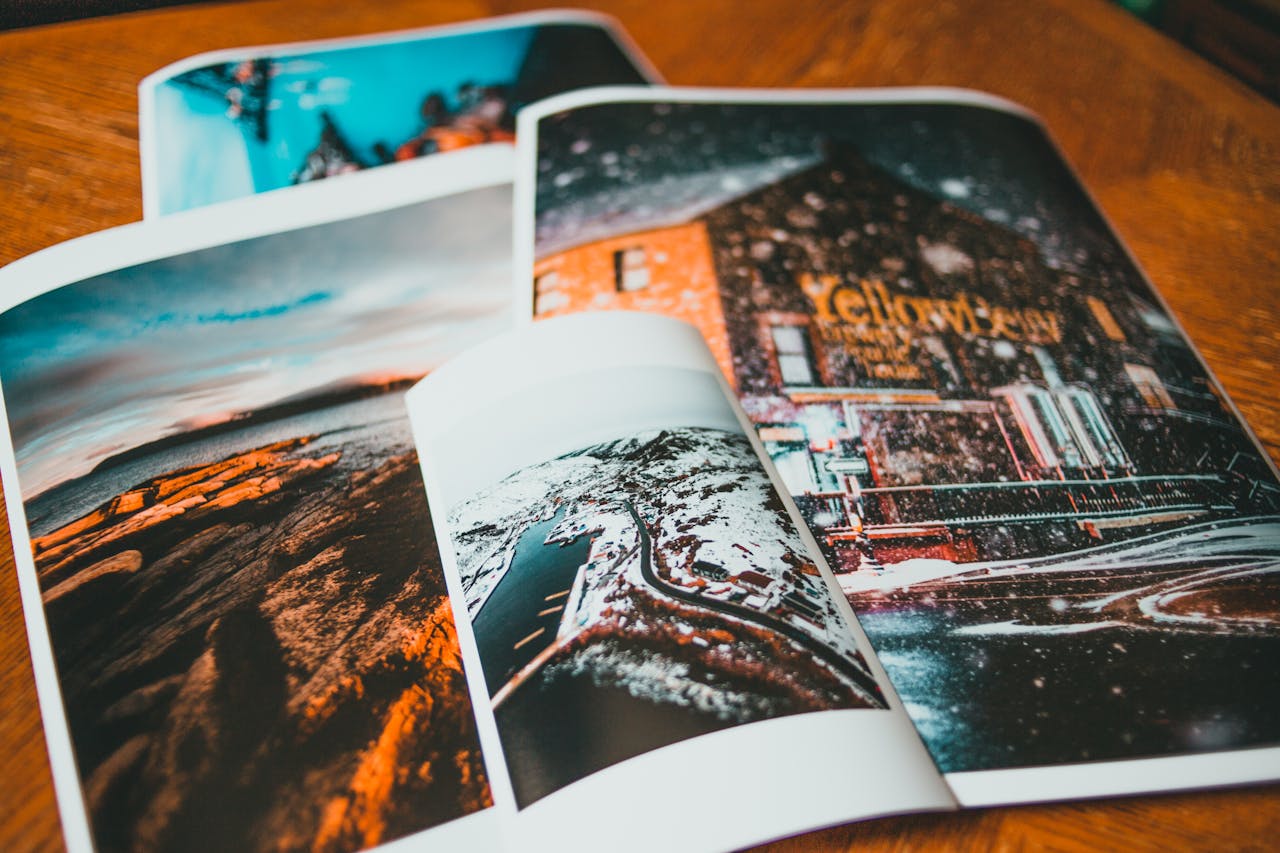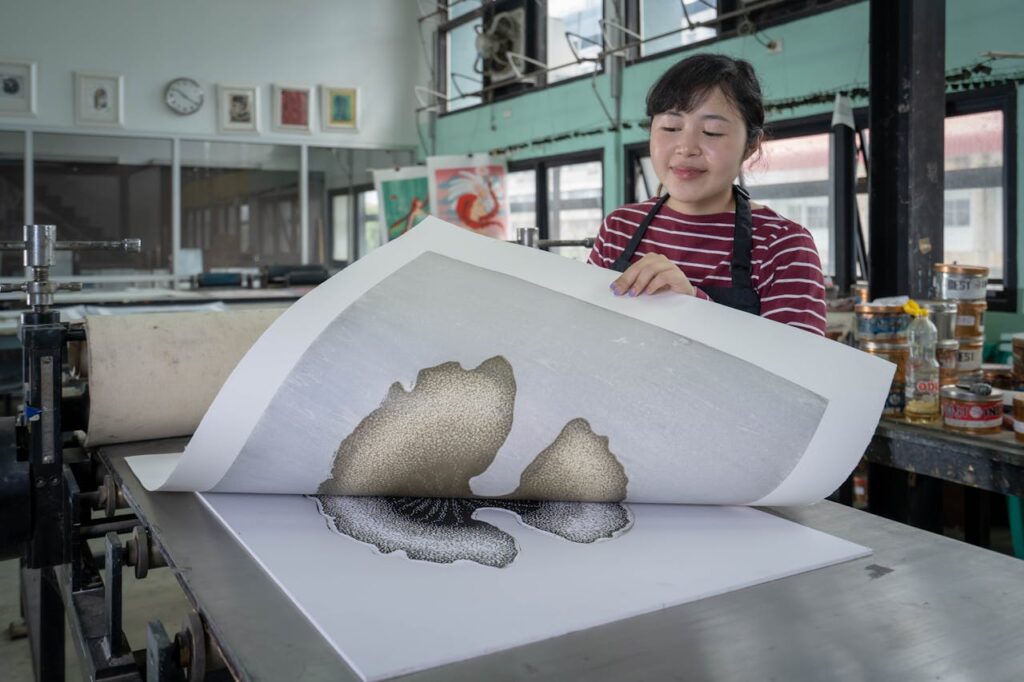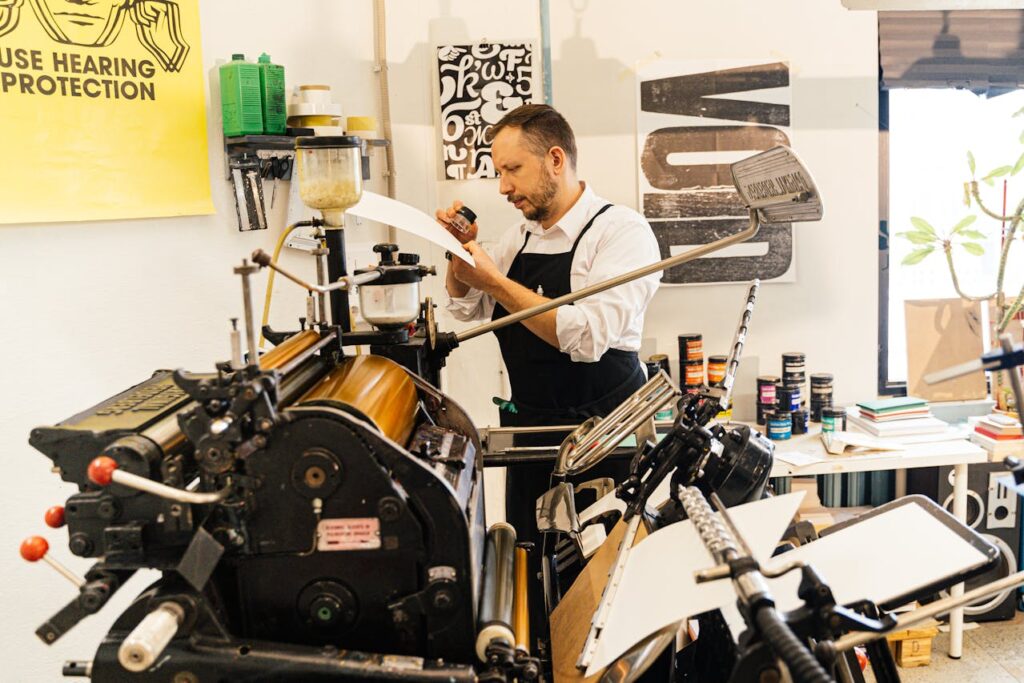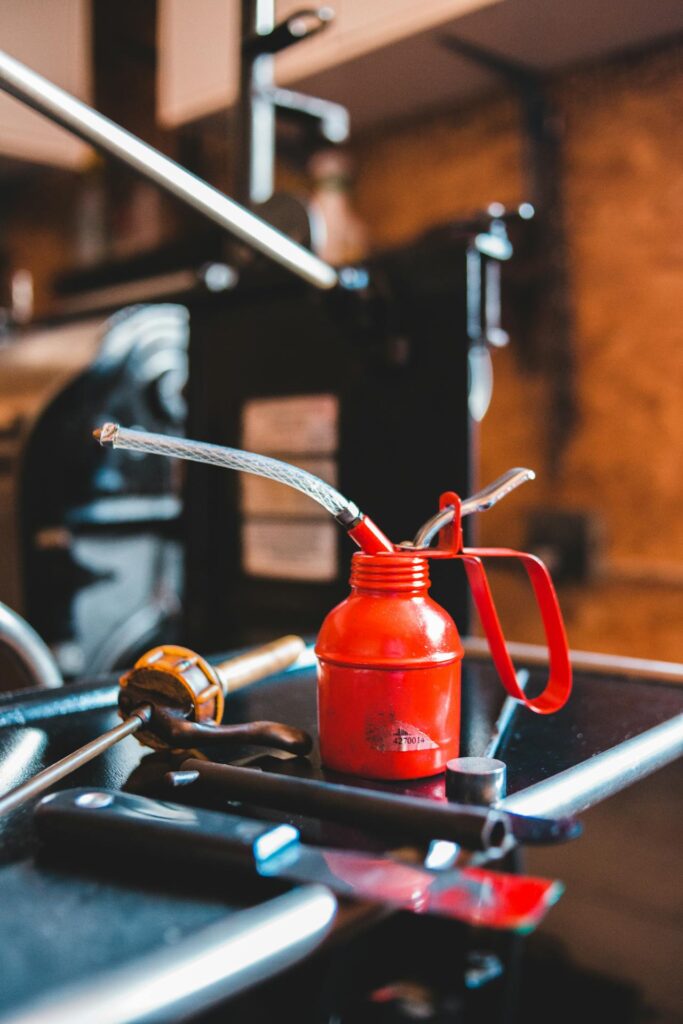
Fine Art Printing: The world of fine art printing and showcasing techniques
Many of us have had the experience of buying a reproduction of a map, painting or poster on websites like eBay or Etsy, with some even claiming they’re originals from the artist. The advertisement shows a beautiful print in perfect high-definition quality, and you’re disappointed to find that once it arrives, you’re staring at a pixelated reproduction.
It’s at that point that you realise that there is a difference between a true high quality fine art print, and simply using a low-end printer you would find at home. There is no comparison, that’s clear, but the why is often misunderstood.
In this guide, we will delve deeper into the world of fine art printing, showcasing the various techniques available on the market, and how you can ensure the highest quality production standards for your print.
Original Prints vs. Fine Art Prints vs. Reproduction
Let us begin with the definition of a fine art print; it’s often confusing, especially when making a purchase online, with suppliers often obfuscating the true quality of the final product.
To begin, original prints are unique re-creations of a piece of art by the original artist, with several manual technical methods available for the process: reliefs, lithographs and engravings, to name a few.
Then it gets a little more confusing. In recent years, the meanings of reproductions and fine art prints have merged and overlapped, often used interchangeably, depending on the user and context

What’s clear is that both fine art prints and reproductions are copies of an original work of art. The original artist can create the former, mostly released in limited edition runs. They are often signed at the bottom by the artist, representing part of the value, and proof of the originality of the work.
Reproductions are generally mass-produced using printer technology, with the first copy being no different to the hundredth, with each created with the same process, delivering an identical product to the consumer. The fact that these are produced at scale can sometimes carry negative connotations, but this should not be the case, because if done correctly, fine art reproductions are beautiful works of art in their own right.
Determining the Quality of a Fine Art Print
Because the definitions are a little unclear, with both companies and individuals ‘adopting’ terms in varying ways, the main thing you need to understand is that, ultimately, it’s down to the quality of the printing process.

The proper fine art print will be created using the giclée (pronounced zhee’clay) method, which represents the highest quality in paper, inks and surfaces. Using the latest inkjet printer technology, the customer receives a commercial grade copy of the original work of art, which can be proudly displayed, in the office or at home alike.
Several factors determine the final quality of the printed product:
Resolution of the Image
For the final print to be of the highest quality, we rely principally on the artwork’s initial capture and the image’s resolution to be printed. In the first instance, you are aiming for 300dpi at the very minimum, ideally higher. There are two (2) ways to achieve image capture; photography or digital scan. There is a lot of debate on which one is superior, but most will agree that the scanning process now achieves the best result.
The Ink Quality
You will instantly be able to tell when a company or individual is using low quality ink, it’s instantly apparent. The lower-end printers will use dye-based inks, whereas the superior giclée will rely on pigment-based inks.

With pigment-based inks, you get those gorgeous vivid colours that stand out, and the accuracy of the original work, the crisp details that pop. At this point, you also want to rely on an expert when it comes to colour sets, which can result in wildly different levels of colour accuracy. Talk to your printer in detail about this step of the process.
Archival Paper
Even when using the highest quality printer, you will not get a good result if you do not use archival-quality paper. This is the museum-grade type, which is called ‘archival’ as it will last you for a very long time (up to a century if you take care of it properly!).

The ‘best’ paper for a fine art print can vary, there is no exact product that will yield optimal results. Often, it’s a case of matching the type of paper with the artwork, which can include matte archival papers, or products with a glossier satin finish, often used for photography prints.
Printer Expertise
The process of producing high quality prints will likely never completely remove the human element. There is always a subjective aspect to it, a skill that is developed through years of experience and an eye for detail.
This is not a plug-and-play process, nor a one-size-fits-all. Each original work must be individually examined and the correct process chosen specifically for that artwork.
Future Outlook: Growing Demand for Fine Art Prints
We are in the midst of an explosion of demand for fine art prints, with several key factors driving the sector’s growth:

First, it’s the attractive price point, which is more affordable than ever. Consumers can now obtain prints that are of equal quality to the originals, for a fraction of the cost of a lithographic print, for example.
Second, it is now possible to introduce customisation options to the print without much additional effort. This allows the consumer to include creativity and the original artist to get involved in creating a unique product for every customer.
Third, the advent of social media and e-commerce has made it possible for consumers and artists to link with little effort. Artists can now connect to people all over the world, reaching far larger audiences than ever before.
Expect the advancement of state-of-the-art printing technology and the ease with which we can connect to drive further expansion in the print/reproduction industry.

